10 Fun Things to Do in Istanbul (And What to Avoid)

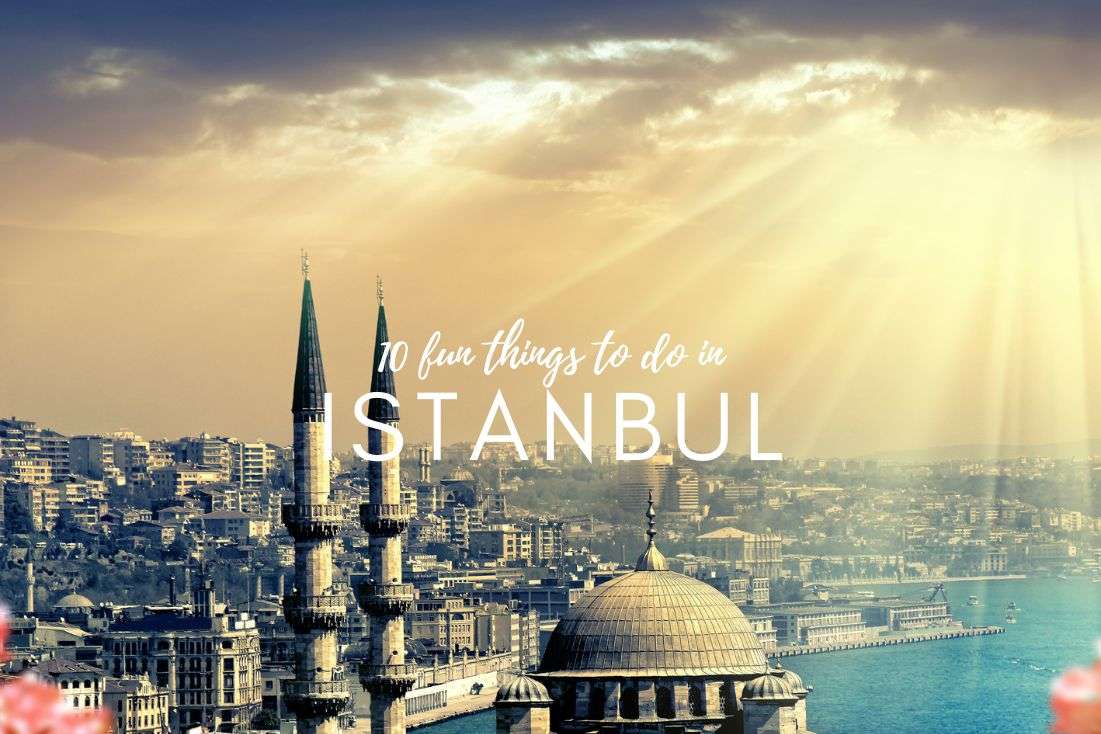
Istanbul’s top attractions have got you covered for sightseeing for at least 2 very packed travel days (we recommend 3). But experiencing a place is not just about what you can see, it’s about what you can do. And feel. And learn. And for all of that, we’ve got you covered.
You can read our guide to the best places to visit in Istanbul where we go into the details of visiting all the museums and mosques of Istanbul (and share our personal experience from these sites), but let’s now dive into what else you can do (and not do!) in Istanbul to soak up everything it has to offer.
Tip: Do yourself a favor and stay in a nice hotel in Istanbul, preferably in the Sultanahmet area. Our guide to the best areas to stay in Istanbul can help you figure out Istanbul’s neighborhoods and the best hotels in them.
Stay at the sultan-worthy AJWA Sultanahmet, one of the best hotels in Istanbul. It’s a 5-star, hand-made carpet, hand-painted tile and exquisite bedding hotel masterpiece. USD 270 per night for two (includes an incredible breakfast buffet). You know you wanna!
If you decide to book a hotel in Istanbul using any of our booking.com affiliate links, we bow down in eternal gratitude for the small kickback that gives us (at no extra charge to you whatsoever).
You might also be interested in reading:
- 3 Days in Istanbul Itinerary
- What Happens in a Hamam in Istanbul: Our Experience
- The 4 Best Areas to Stay in Istanbul
- What to Eat in Istanbul: Our 13 Top Tips
- 29 Istanbul Travel Tips: From Haggling at the Bazaars to Tourist Scams
1. Live through Europe’s history at Topkapi Palace
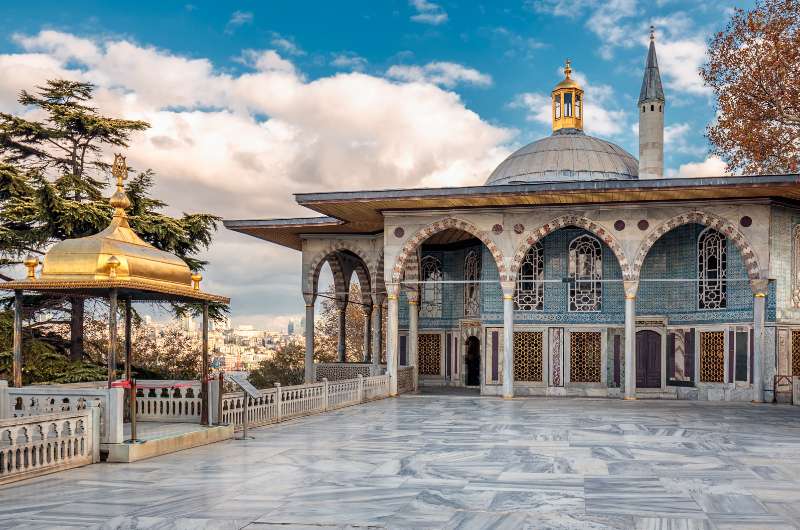
Once upon a time in a land far, far away, a beautiful palace was built to mark the end of the Roman Empire. And it’s got views for days!
Topkapi Palace tops our list of the best places to visit in Istanbul, but not just because it’s pretty.
It was the home of all the Ottoman sultans for about 4 centuries between the 1460s and the 1850s, starting with the fall of Constantinopole, a big deal that marked the end of the mighty Roman Empire.
It served as the private and administrative center of the Ottoman Empire during a time in which the Ottoman Empire reached its peak: they took over parts of Persia, Arabia, the Balkans, Egypt and Syria, expanding the empire to its historical maximum.
Suleyman the Magnificent wanted his palace to reflect this growing power, expanding Topkapi Palace significantly, though every new sultan added his own touch. The Palace’s layout and design will tell you a lot about how the sultans liked to rule their empire and how successful (or not) they were at it. If they took over more territory, they inevitably added a new part to the palace.
But then the Ottoman Empire tried and failed repeatedly to capture Vienna. The Ottoman Empire was no longer seen as invincible in Europe. The Ottoman army fell behind during the mid-18th century while the Habsburgs and Russians kept getting stronger, and consequently lost Greece and other parts of the Balkans.
When the sultans started moving out to Dolmabahçe Palace, it was to cover up the fact that the Ottoman Empire wasn’t doing so well. The new palace (you can read more about it in our best places to visit in Istanbul article) is the biggest in all of Turkey, intentionally made extravagant and European in style so nobody in Europe would think that the Ottomans were losing steam.
Visit Topkapi Palace
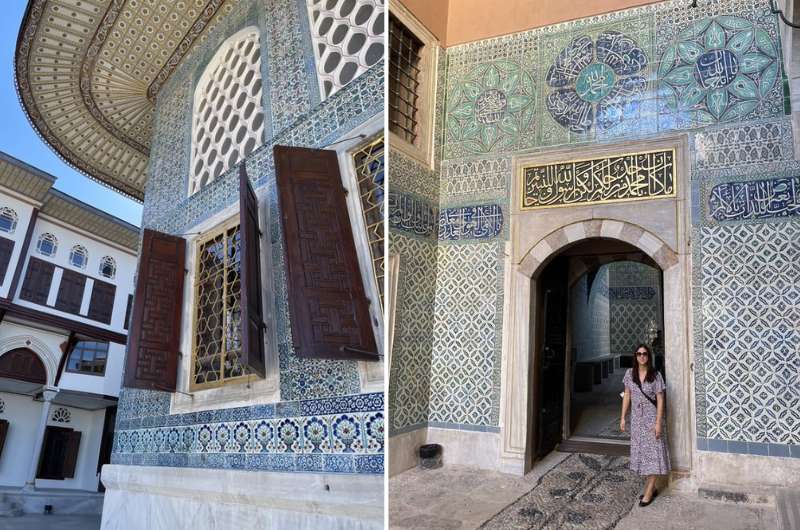
Karin in the Harem at Topkapi Palace
For full details and tips for visiting Topkapi Palace, see our best places to visit in Istanbul article which includes a Topkapi Palace guide.
You can now visit this incredible memento of the Ottoman Empire’s history. There are 4 main courtyards and hundreds of rooms, including the ever-popular harem, the kitchen, the council chambers and treasury, among many others.
You’ll need at least 4 hours to see everything.
Tickets to the Topkapi Palace can be bought as a combination with just the Haghia Irene for TL 320 (USD 18), or can also include the Harem for TL 420 (USD 23). These tickets cannot be bought online and there are always massive lines to get in.
You can, however, get the Istanbul Museum Pass for TL 700 that includes this and other Istanbul museums, and skip the line that way.
Another way to fly buy the lines is to pay for a guided tour online, but it will cost you double the amount as a regular ticket. But hey, time is money, right?
2. Experience Turkish luxury at the fanciest hammam you can afford
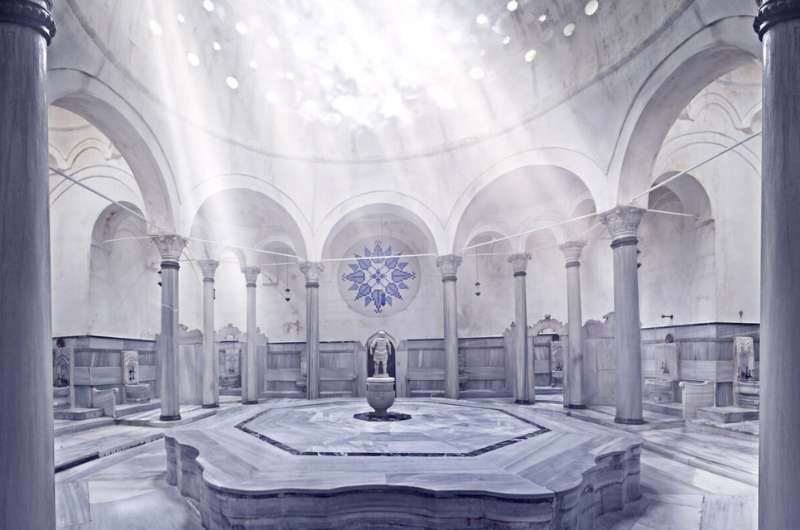
If you’re going to bathe, bathe here @ Cağaloğlu Hamam
You might not think this is something for you, but trust me and my now very clean self, you need to go to a hammam in Istanbul. Not should, not might like going, need.
A hammam is a traditional feature of the Muslim world, and they got the idea from the Romans and their thermal baths. Public bathing is certainly out of most everyone’s comfort zone, but if you choose the right place, you’ll be purring on the inside. (Seriously though, don’t purr out loud, that’d be weird.)

From our hammam dos and don’ts article: Don’t go to a hammam hungry or too full
Our experience at the Cağaloğlu Hamam, a 300-year old historical Turkish bath, was sultan-like. It’s not only the assisted scrub and massage, followed by a bubble bath like you’ve never had before. This, and other luxury hammams in Istanbul, are an oasis of relaxation amidst this very busy city.
The environment and the design of each room takes the hammam experience to another level. You’re going through a traditional ritual in a sacred, private (but public) space.
Book yourself into the most luxurious hammam you can. Come on, you won’t do it anywhere else but here. Splurge!
Tip: If you’re apprehensive about the experience, just read up on the dos and don’ts of going to a hammam, what to expect at a hammam, and some more information about hammams in general in our best places to visit article.
The very cool Fer Hotel is just steps away from Cağaloğlu Hamam. Rooms start at USD 190 per night for two people with breakfast.
Out top tips for visiting Istanbul:
- What should I avoid in Istanbul? The Grand Bazaar, dieting, and the suburbs. Here are the things you should visit in Istanbul.
- Is Istanbul Turkey worth visiting? Heck yeah! I’d go for just for Topkapi Palace alone (and maybe a luxury hammam thrown in).
- What should I not miss in Istanbul? Look for the musallah in all the mosques, eat baklava, and take a private yacht tour on the Bosporus.
3. Feel the presence of true Islam in some of the greatest mosques ever
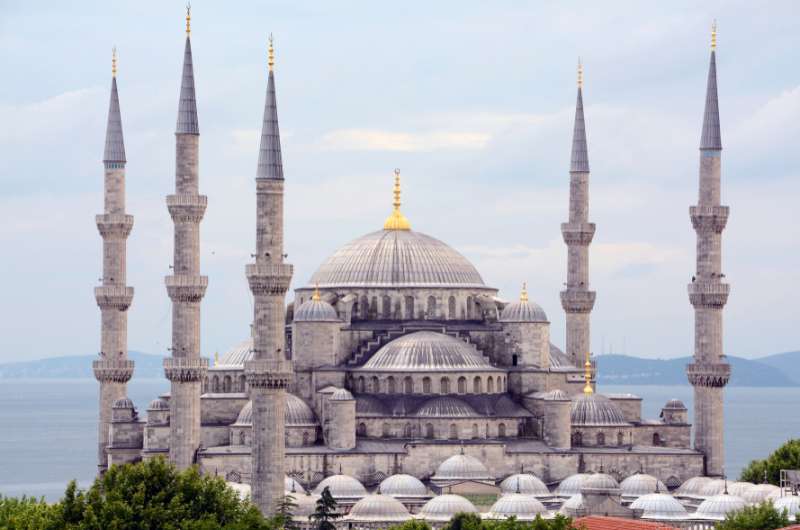
One minaret is off the photo, but did you hear about how building 6 minarets on the Blue Mosque instead of the traditional 4 caused a sensation? Read about it in our Istanbul guide.
You may or may not have seen or heard an accurate representation of Islam though media, stories, your own research or wherever. But you can’t really wrap your head around it until you’re walking through a huge mosque in Istanbul.
Suleymaniye Mosque, my personal favorite thanks to the bad-ass sultan that had it built, is considered the most important mosque in Istanbul and is one of the hugest mosques I’ve ever seen. And even though it isn’t the biggest one in town, it’s probably the most impressive (not just because Blue Mosque is closed for restoration works).
It wasn’t just a mosque—there was a kitchen that fed the poor, a school, a hospital, a sort of hostel, and a hammam.
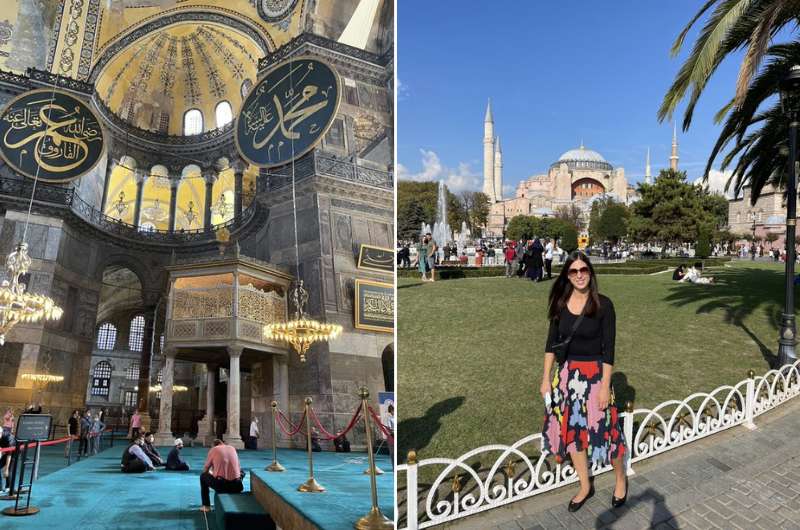
The Hagia Sophia Grand Mosque, inside and out, and Karin (just from the outside, in her mosque-appropriate outfit)
The Blue Mosque is a masterpiece of a mosque, though sadly currently closed for restoration works (this is in the summer of 2022). Right now, you can go inside, but almost all of the wonderful wall decorations are covered by scaffolding and sectioned off. You can see a very small part of the dome only.
Even just seeing the Blue Mosque from the outside is impressive, because it really is stunning. That is partly due to the fact that it has 6 minarets. Read why that is and why it caused an uproar in it’s day in our article about the best places to visit in Istanbul. I’ve given you a spoiler to that story in the next section below.
The Hagia Sophia is a Christian basilica turned mosque (turned museum and then, from 2020, a mosque again). The original structure was built in the 4th century, knocked down by an earthquake and then rebuilt in the 6th century, making it old as heck! In case you didn’t catch that, Hagia Sophia is now a mosque once again.
Rules for visiting a mosque in Istanbul

Blue is obviously the preferred color for ladies, men can come as they are
Mosques are always free to visit, there is no entrance fee, ever. If someone tries to sell you tickets out front so you can skip the line, run.
Why is there a line? Because there is a dress code to enter a mosque, and all that taking stuff off and putting things on at the entrance takes time. Sometimes there are also security checks.
The dress code is: Everyone needs to keep their knees and shoulders (more like upper-arms) covered, and ladies have to cover their hair. Men wear long pants almost exclusively, so don’t try to pull your shorts down just enough for them to end under your knees. Just be a grown-up and put some pants on.
Ladies, you obviously can’t go in showing cleavage, so it’s not just about shoulders and knees. There are wraps and head scarves available at the entrances to most popular mosques that’ll help you hide all your parts.
Mosques are often open 24 hours a day for Muslims, but usually only between 9 am and 6 pm for everyone else. They are also closed during prayer times, the most disruptive one being at midday.
On Fridays Mosques are often closed to the non-Muslim public until after midday prayer, which is the most important one of the week.
Tip: There’s an online schedule of prayer times you can and should check out before visiting Istanbul’s mosques. Mosques are closed for the non-Muslim pubic during these times. This can be as long as an hour and a half (including time to clean the floors before the prayer session), so come prepared. It can really mess up your travel schedule if you arrive to a mosque at the wrong time. Pay special attention to
Some interesting facts about mosques
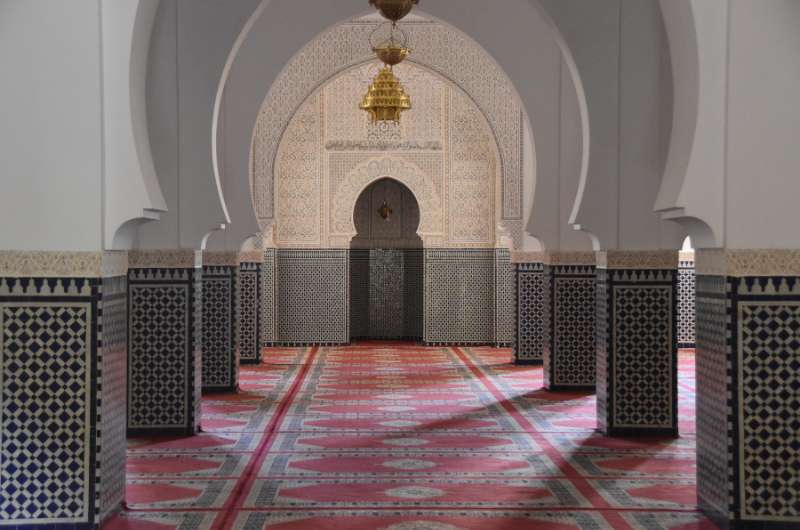
A musallah showing the direction of Mecca (and of prayers)
Inside a mosque, there’s always the main prayer hall called the musallah, which is where the men pray. Mosques were traditionally built with a musallah large enough to hold all of the city’s male population.
Women are not required to go to mosque, but can attend the most important prayer at midday Friday. They pray in a separate hall.
Look out for the mihrab, a niche in the wall that indicates the direction of Mecca. Every mosque has one, as it’s in this direction that all muslims pray, no matter where they are.
Outside of a mosque, look out for ablutions fountains, which is where ritual washing called wudu is performed by muslims enter a mosque. You’ll pretty much always notice men washing their face, hands, arms, and feet in the fountains of Istanbul’s largest mosques.
Each mosque has a high tower (or several), called a minaret. Traditionally, the number of minarets for a mosque that “belonged” to a sultan was 4. If a mosque had two minarets, it signified belonging to a prince or princess. Regular mosques have only one minaret.

Fun fact: And then came Sultan Ahmed I and f*cked up the minaret system and ordered his Blue Mosque to have 6 minarets. If that was on purpose or by accident remains unsolved, but it certainly upset everyone and their Muslim grandmother. The mosque in Mecca was the only mosque at the time with 6 minarets. Sultan Ahmed swiftly dodged that faux pa by ordering the Mecca mosque to get a 7th minaret.
It’s where the call to prayer is called out from before the 5 daily prayer times. Mosques are closed for non-Muslims during prayer times.
Prayer times are based on the suns movement, so they change throughout the year. Check the current times here.
The most important day of prayer is Friday. It is called jumah, or the day of gathering. Mosques are often closed to the non-Muslim public on Fridays until after midday prayer.
Hotel tip: You’ve felt Islam in all the mosques, but have you ever felt what it’s like to sleep in a bank? Well it’s your lucky day! Check out this bank-turned-hotel:
Orientbank Hotel Istanbul, Autograph Collection
Just like the Hagia Sophia went from church to mosque, the Orientbank Hotel Istanbul, Autograph Collection went from bank to hotel. This hotel in Eminönü has fantastic staff and breakfast fit for a king (or a bank president!). Prices start at USD 200 per night.
4. Visit the Byzantine Empire and understand the connection of the Romans to Istanbul
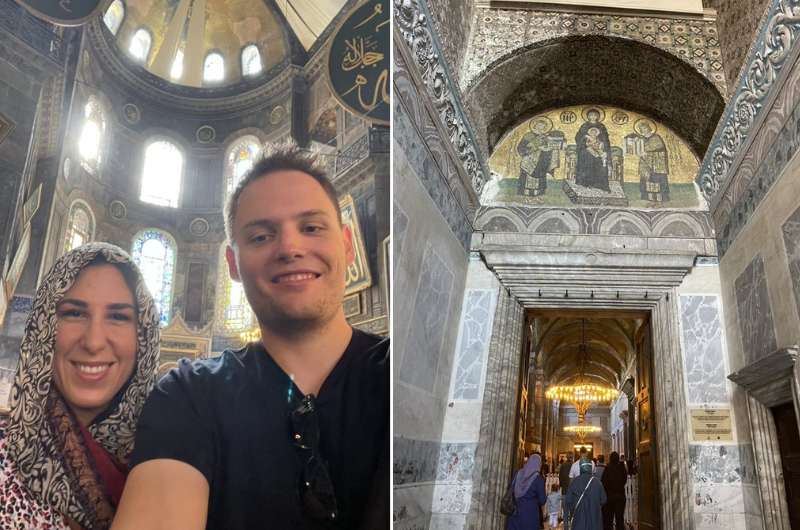
The Byzantine leftovers in Hagia Sophia
Not the actual Byzantine Empire, we obviously aren’t going to be traveling in time, but there are sites in Istanbul from the period before Constantinople fell to the Ottoman Empire that you can still visit and inhale some history from.
The Byzantine Empire was the leftover strong part of the Roman Empire after the Western part of it was shattered to pieces in the 5th century.
The tourist sites that you can visit in Istanbul that are from the Byzantine era are mostly in Sultanahmet (details of each place, including insider tips, ticket prices and opening times are in our Istanbul guide).
You know what else is in Sultanahmet? The best hotels in Istanbul.
The Great Palace Mosaics Museum
The Great Palace Mosaics Museum is a relatively small museum of mosaics that were found during the excavation of the Eastern Roman Grand Palace in 1935, including the largest ancient mosaic in the world. The mosaics date back to year 450–550 and depict everyday life, which was apparently very drastic. Lots of killing and hunting. Not sure how “everyday” the dragon was back then, but there are those, too.
The Theodosius Cistern and light show
You’ll merge the old with the new during your experience at the Theodosius Cistern. You can now visit the Theodosius Cistern and see a video mapping show that makes use of the 32 marble columns of the cistern.
When Constantinople (now Istanbul) became the capital of the Roman Empire, the population grew rapidly, and the people were thirsty!
Luckily, by the 6th century, a system of tunnels, aqueducts, water storage cisterns, and over 560 km of water pipes were bulit, and everyone could enjoy some H2O mostly from the springs in Belgrad Forest. The Theodosius Cistern held drinking water for the good people of Constantinople.
Hagia Sophia Grand Mosque
Istanbul’s Hagia Sophia started her life off as the Christian Cathedral of Constantinople. It was built in 537 by Byzantine emperor Justinian I.
Until year 1506, it held the title of largest church in the world. Then, Sevilla’s cathedral came along, turned from a mosque into a church and bam! They stole the title away from Hagia Sophia. Oh the irony.
After the Fall of Constantinople to the Ottoman Empire in 1453 it was converted into a mosque. It had a stint as a museum, but since 2020, it is once again a mosque.
5. Feel the hospitality and eat, eat, eat
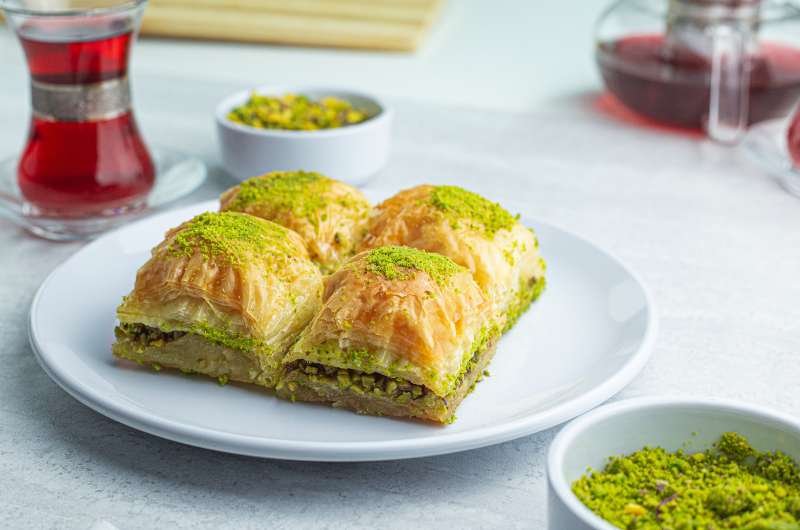
One piece of baklava is never enough. Read our Eating in Istanbul article to see just how much I loved this sweet treat.
Istanbul is not the place to go on a diet. Similar to the comfort level of Belgium’s food and drinks, which is a whole lotta fries, beer, and waffles, Istanbul is the place to go if you want to stuff your face.
Granted, there is a larger variety of vegetables involved (sorry Belgium, asparagus once a year doesn’t cut it), but all the meat, cheese, baked goods and sweets can certainly send you home feeling like you left your pants in the drier for too long.
Besides, Istanbulites are extremely hospitable, always making you feel like part of the family. Though sometimes a little too much, like when you’re offered all those extra appetizers from the nice, chatty restaurant owner, and then get charged extra for it.
You can indulge in endless kebab with pita bread, and fresh cheese or gruyere cheese or a cheese that’s kind of like feta is on almost everything.
I’ve already mentioned appetizers, or meze, that can either be eaten before a meal or as a snack, but is meant to be shared. Sort of like Spanish tapas. They come as everything from olives and dips with nuts to marinated fish and stuffed mussels (again a similarity with Belgian food—Karin’s favorite mussels, bleh).
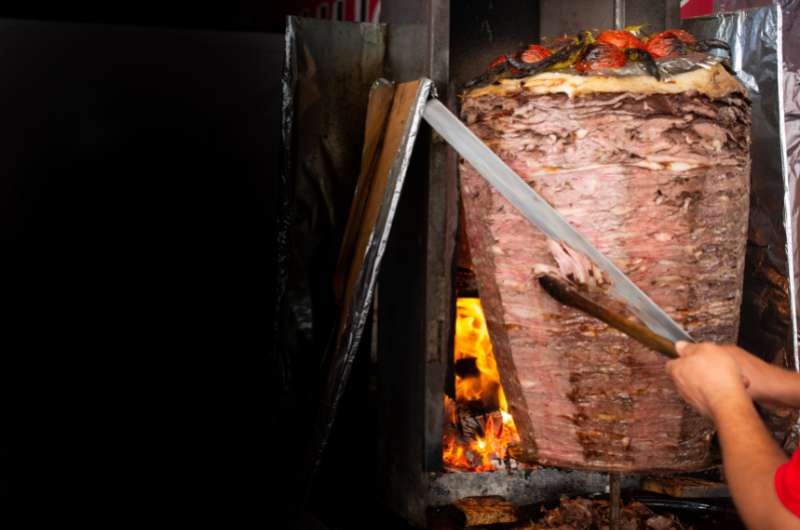
One kebab, coming right up! Read about what to eat in Istanbul
Something that is definitely not like Belgium is the drinks: beer for breakfast is sadly not a thing in Turkey, but their wonderful tea is a solid alternative. The coffee... not so much. Just stay away, it’s not something a self-respecting coffee- lover will have more than once.
And finally, as a person who could care less about sweets, I can say that Turkish sweets were to die for. The buttery sweetness of baklava was like heaven in my mouth. Who knew water, pistachios and lemon juice can taste so good!
Now if you’ll excuse me, I have to go get a tissue and wipe my watering mouth. For more delicious information, check out our Eating in Istanbul article.
6. Don’t get lost in the Grand Bazaar
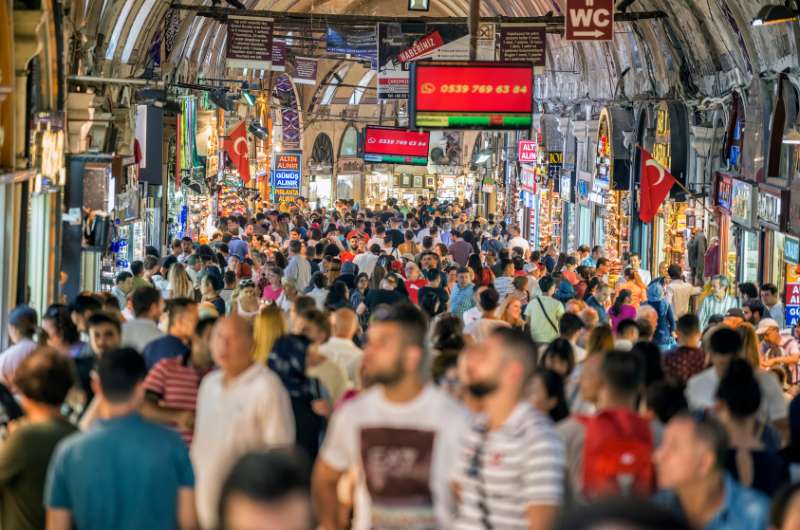
Not the Istanbul you want to experience. Crowds, crap and crazy prices. Instead try this: How to experience a hammam in Istanbul.
It’s boring, it’s uninteresting, and it’s a big place full of rip-off prices and indescribable crowds of people. You’d think they’re giving things away for free!
Everyone sells the same things and they cost more than twice as much as in other places, sellers are pushy and not particularly friendly. This isn’t “the real Istanbul”, this is the city’s biggest tourist trap.
If you must, a more acceptable alternative to the Grand Bazaar is the Spice Bazaar aka the Egyptian Bazaar. Nicer sellers, smaller crowds (and smaller overall), lower prices (though still a lot of them overpriced—you still need to negotiate to under 50%), lots of spice and tea, but also regular souvenirs. It isn’t far from the Grand Bazaar.
7. Take a private sunset yacht tour on the Bosphorus
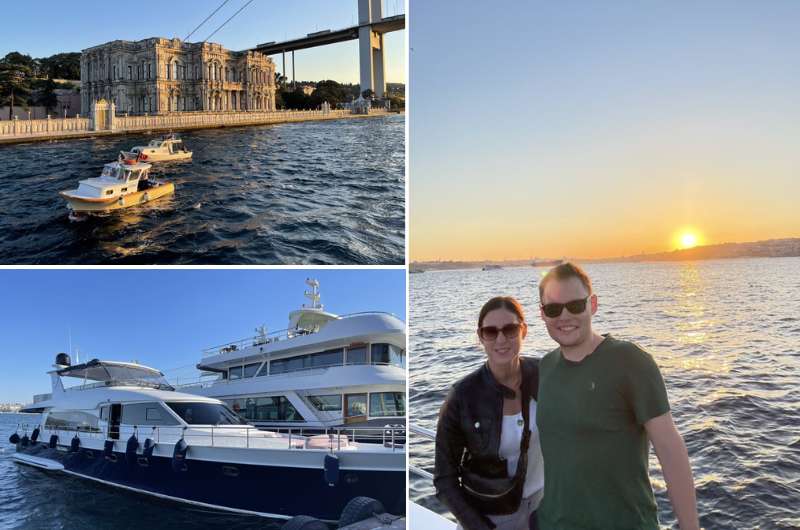
Note to self: I think I need to buy a yacht
The Bosphorus Strait is where Istanbul is split in half, part European, part Asian. It’s also a significant part of a shipping route between the Black Sea and the rest of the world.
But more importantly, for you as a tourist, it gives a fantastic perspective from which you can see Istanbul. Ideally from a yacht. Even more ideally at sunset, because romance and wow factor, duh.
There are dozens, if not hundreds, of ferries that cross the Bosphorus every day, and even those regular public transportation trips give you some sort of nice view. Then there are group trips on various types of boats.
We encourage you to get yourself on a private yacht. Groups are kept small and you’ll get the best service, snacks, and drinks. And dinner if you choose a dinner cruise.
The trip we took lasted about 2 hours and cost USD 55 per person. Find your yacht on getyourguide.com, where you can read reviews before booking. This isn’t an affiliate link, we’re recommending it because we tried it and liked it.
8. Don’t visit the suburbs—there’s nothing to do there
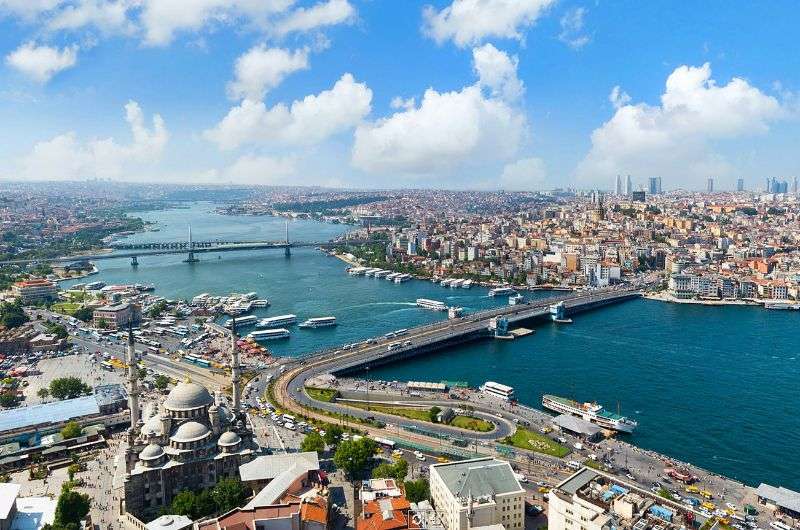
The Galata Bridge between the Eminönü and Beyoğlu parts of Istanbul (see which neighborhood is which in our Best places to stay in Istanbul article)
Are you looking for unusual things to do in Istanbul, trying to get off the beaten track? Did you want to try to find the next hidden gem by going to Istanbul’s lesser-known neighborhoods? Don’t.
Not only is there nothing to do in the suburbs, it’s a pain in the butt just getting there and back. And then…after strenuous travel… you find… NOTHING.
Outside of the tourist areas, Istanbul is just a regular city full of regular people and regular businesses, not something you need to go stare at. Probably not something they even want you to be doing, it’s not a zoo.
I mean, sure, you could venture out to the Asian side and see the Kadikoy Fish Market (big woop), or sit in a taxi for an hour and explore Emirgan Park (yawn), but these often-mentioned unusual things to do in Istanbul aren’t worth it in my opinion. Just leave them to the locals.
If you’re looking for adrenaline, know that some off-the-beaten-path places aren’t even that far from the tourist sites, but can still provide you with an experience you won’t want to remember. The neighborhood called Tarlabaşı, for example, is where even kids walk around with knives in their hands. And it’s conveniently located right by Taksim. Perhaps another reason Taksim is not our area to stay in Istanbul of choice!
Şişli is another district that, although adjacent to popular Beyoğlu, is extremely poor and that manifests in ways that are either not pleasant (or respectful) to look at, or are downright dangerous. If drug gangs are your thing, be my guest, put this district on your unusual places in Istanbul list. I mean there is an upside—no tourist crowds!
I’m sure Istanbulites are happy that Istanbul is the 3rd most visited city in Europe, but they’re probably also happy that the tourists are contained in a relatively small area of the city. Just stay in your lane, people.
Hotel tip: If you go against our recommendation about staying in Sultanahmet, perhaps because you want to shop till you drop (or visit the dangerous Tarlabaşı neighborhood right off Istiklal Avenue), at least stay at the Gezi Hotel Bosphorus, a Member of Design Hotels.
Gezi Hotel Bosphorus, a Member of Design Hotels
Too bad Gezi Hotel Bosphorus, a Member of Design Hotels is in Taksim. It’s a fantastic hotel, just not in our preferred part of the city. Still, the views you get from some of the rooms might be worth staying there. Plus, this 5-star hotel offers everything from a Turkish bath to aromatherapy showers and therapeutic water beds. PRices start at USD 200 per night for 2 with breakfast.
9. Enjoy a night out in the rooftop bars of Beyoğlu
Be sure to make a reservation to get the best seats @ Georges Hotel’s rooftop restaurant
Beyoğlu district is located across the Golden Horn from Sultanahmet, the main tourist area of Istanbul. It’s where the famous (but underwhelming) Galata Tower is located, and it’s also where there is an abundance of rooftop bars and restaurants that give you incredible views over to said tourist area.
Tip: More tips on places to eat in Istanbul (and what to eat in Istanbul!) in a separate article.
See Hagia Sophia Grand Mosque and the Blue Mosque lit up for nighttime while sipping cocktails at Zula Galata on top of one of the coolest hotels in Istanbul, Walton Hotels Galata (see our Best area to stay in Istanbul for more hotel tips and details about this particular hotel, too).
One of the best rooftop bars in Beyoğlu @ Walton Hotels Galata
Really read between the lines when choosing a bar or restaurant, some top-rated places have some not so happy reviewers that felt they got tricked into visiting a shit place by others that have no standards. I like to read through the reviews on Google Maps and hone in on the negative comments to see if they mention anything that would bother me.
A couple of other places that should keep you content are the Loti Roof Lounge (views, food, and design are all stellar, but it isn’t open-air) and the bar atop Georges Hotel (see photo above).
10. Try and speak some Turkish—What’s up with the dotless “i“?!
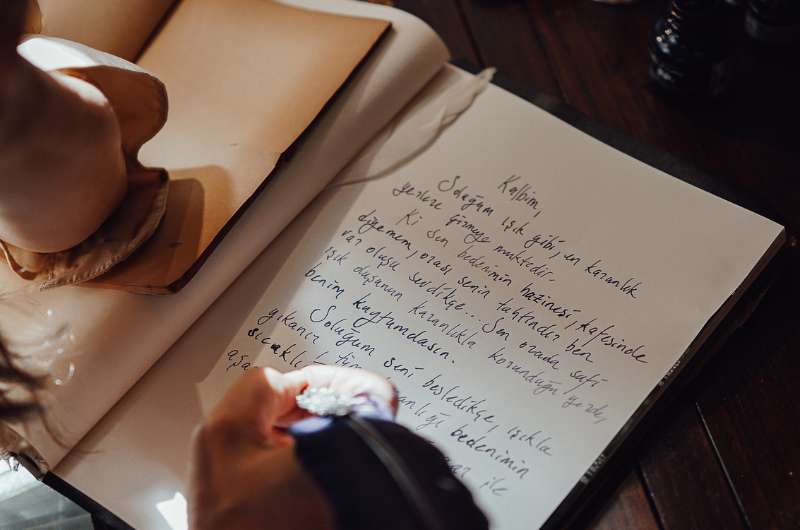
Dear diary, I have no idea what this says but I’m sure it’s full of emotions and hard-to-pronounce words. Love, Jan
If you don’t take yourself too seriously you could try and speak some Turkish. It sounds like no other language—unless you know what Azerbaijani or Uzbek sound like. Or that’s not true, a lot of people will find it sounds somewhat similar to Japanese or Korean.
Fun fact: Turkish shares a lot of similarities in phonetics and grammar with Japanese and Korean; they are in the same language group.
So go ahead and try to read those Turkish signs! Out loud of course, so everyone can enjoy your effort.
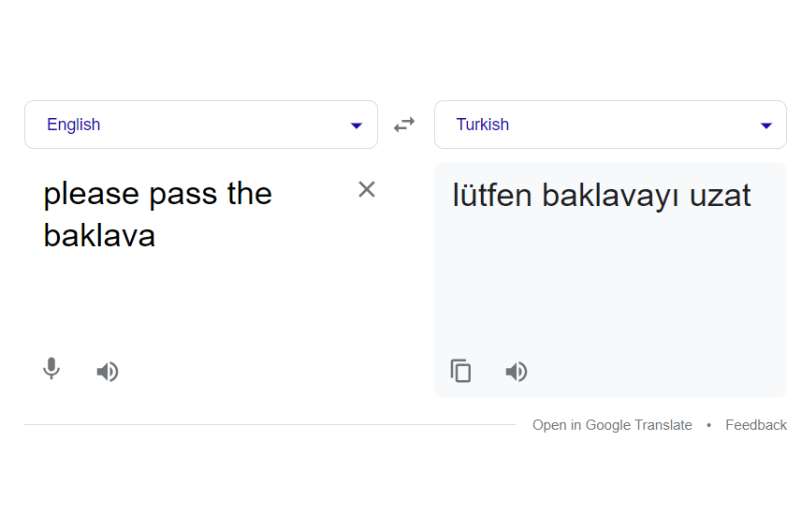
Google Translate can help in an emergency
You might’ve noticed that they don’t dot their i’s and some letters have tails. There’re actually two types of “i”—one with a dot that sounds like a “ee”, and one without that sounds shorter and deeper. The “ş“ is pronounced as the English “sh”. Just give it a shot, nobody’s going to understand you anyway.
Oh and if you feel offended that someone keeps shushing you, don’t be. It’s the Turkish way to catch attention, kind of like a “hey!”. And don’t even get me started on the gestures.
Some Turkish vocab: thank you is teşekkür ederim (teşekkür for short, like a “thanks”), hello is merhaba. I’ll leave this in here in case you need it, like at a mosque: benim ayakkabılarımı bulamıyorum. Good luck finding them!
This post may contain affiliate links. We earn a small commission if you make bookings through my links, at no additional cost to you. This helps us keep this blog free, thank you!


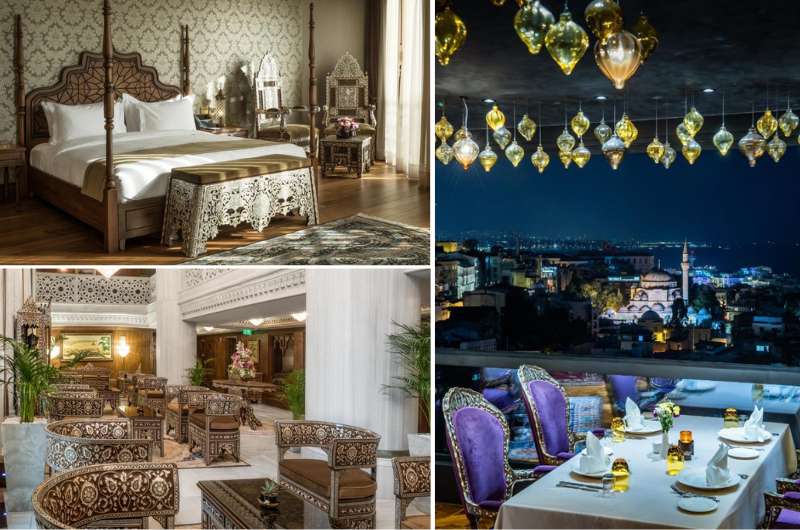
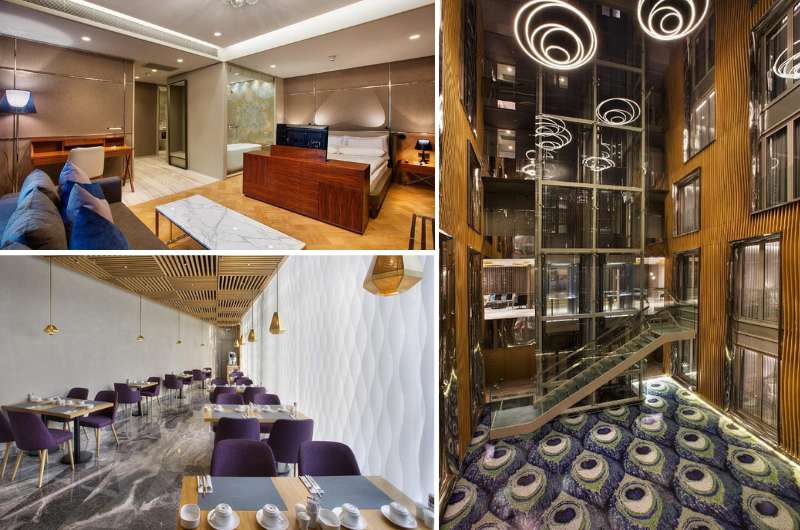
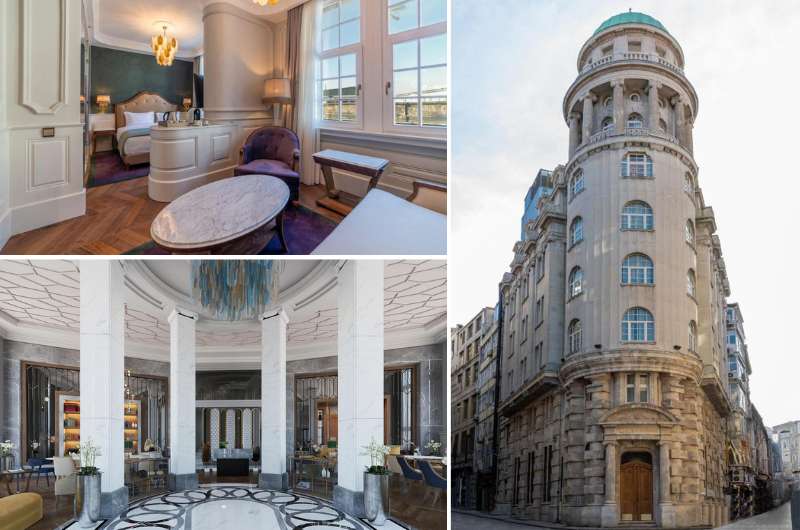

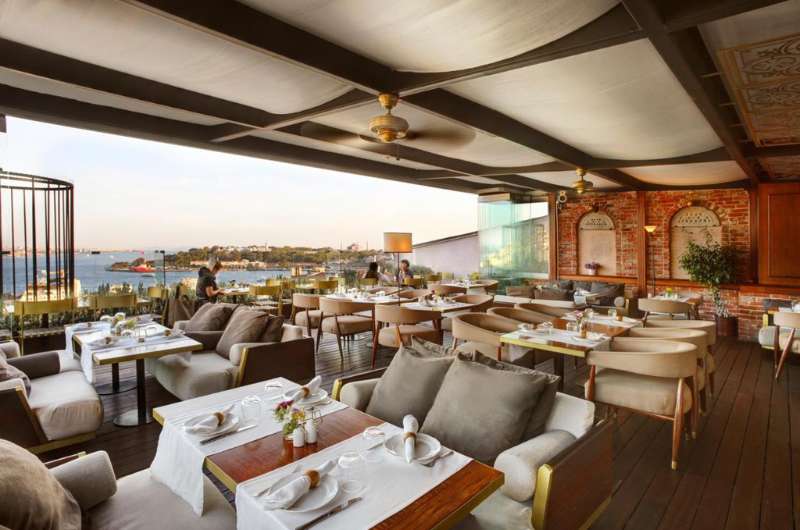
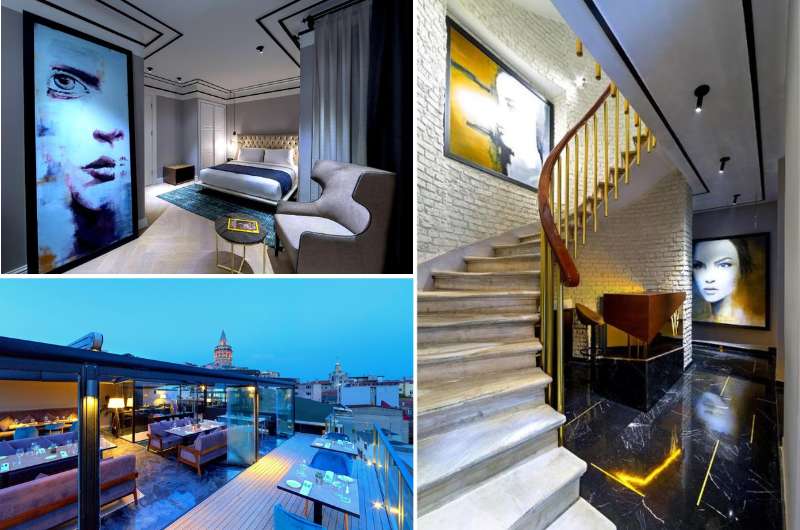
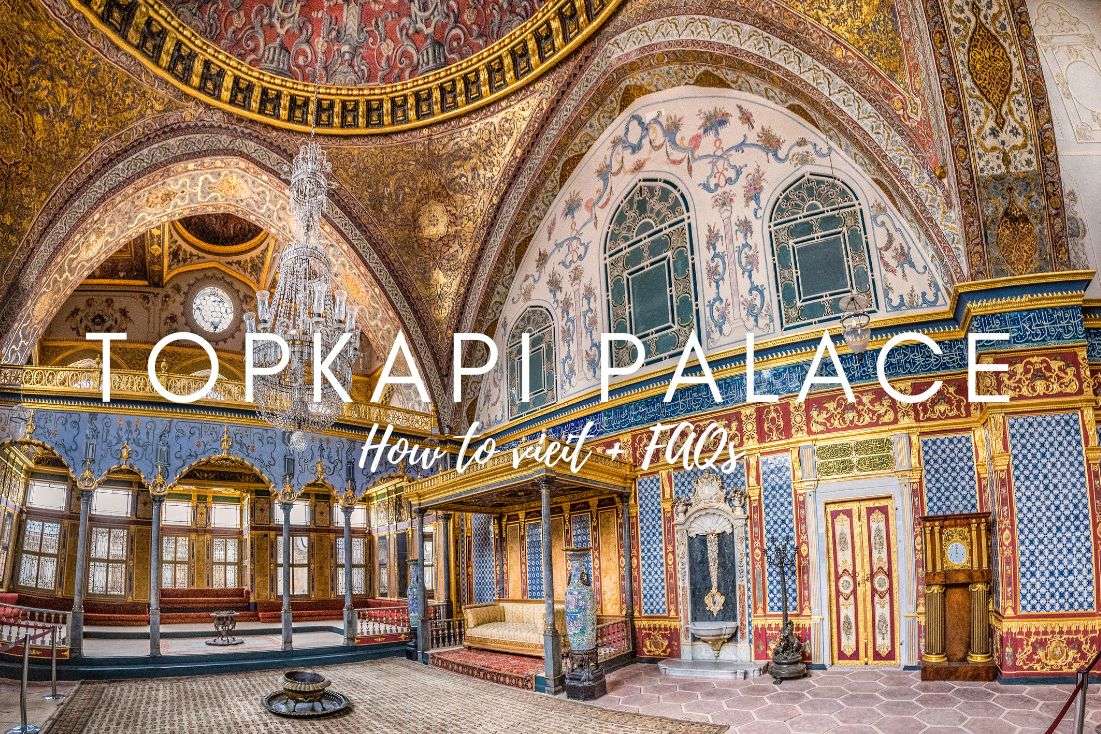
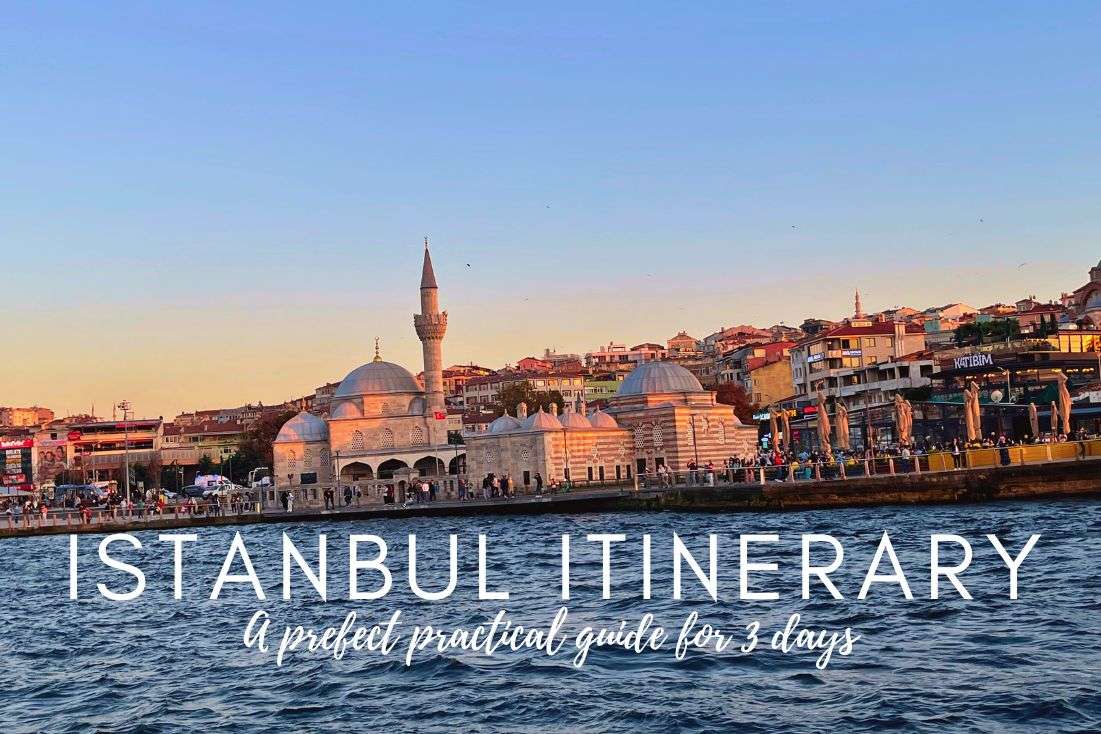
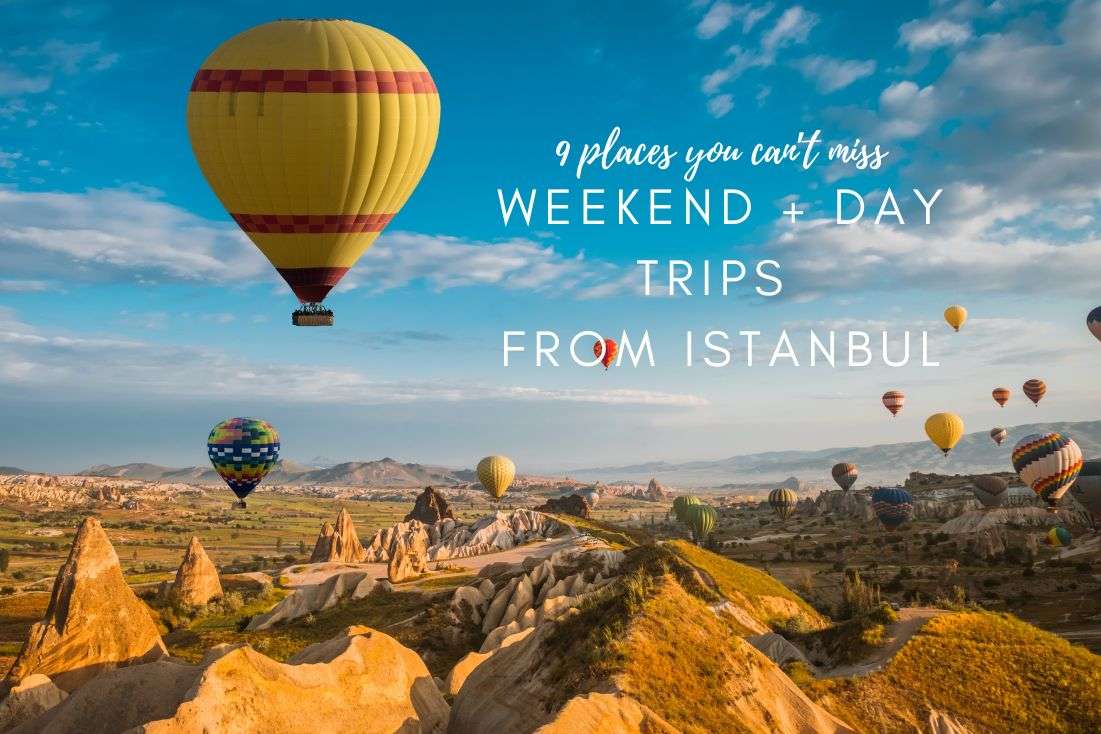





Comments | Thoughts? Give us a shout!